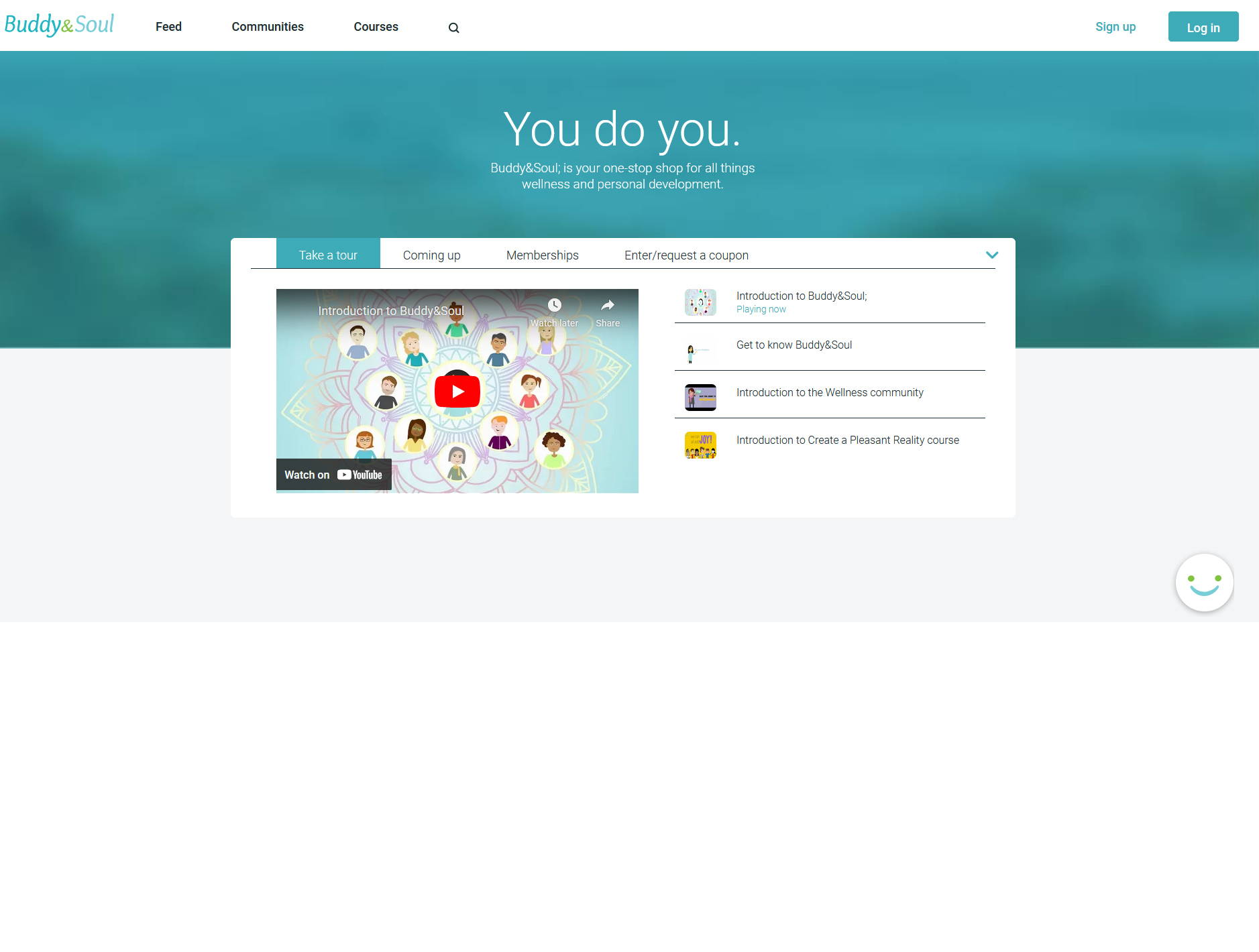AJAX (Asynchronous JavaScript and XML) enhances web applications by enabling seamless communication between the client and server. Key benefits include:Asynchronous Communication – Updates web pages dynamically without full reloads.Improved User Experience – Enhances interactivity by allowing actions without delays.Reduced Server Load – Transfers only necessary data, improving performance.Dynamic Content Loading – Fetches and displays data in the background for real-time updates.Server-Side Interactivity – Enables live updates, useful for chats and notifications.Supports Multiple Data Formats – Works with JSON, making data exchange lightweight.Form Validation & Submission – Provides instant feedback without reloading pages.Improved Performance – Allows background actions while users continue interacting.Integration with Modern Frameworks – Supported in jQuery, Angular, React, and more.Rich User Interfaces – Enables dynamic content updates, ideal for SPAs.Conclusion:AJAX improves responsiveness, reduces server load, and enhances user experience, making it an essential tool for modern web applications.
Technology Image



